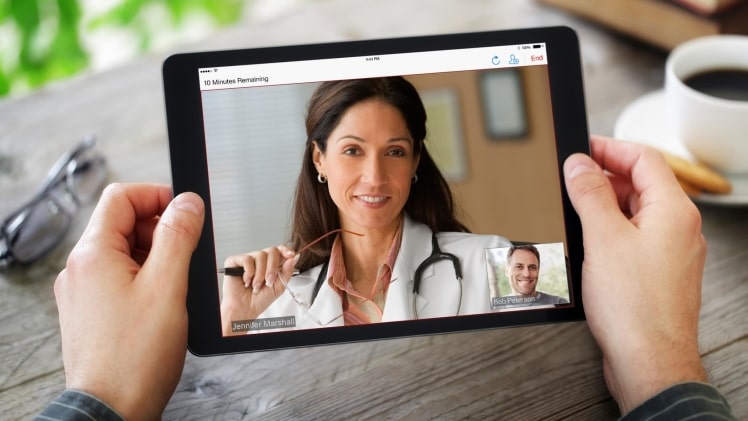How is Telemedicine Being Used to Treat COVID-19?

Using telemedicine, people with COVID-19 can be monitored safely and treated virtually without leaving their homes. They can send daily texts and send in temperature readings to their care providers. Telemedicine can also reduce the spread of COVID-19 among healthcare workers and others. Read on to learn more about how telemedicine is being used to treat COVID-19. Ultimately, telemedicine is a good thing, as long as it’s not causing problems for patients or healthcare workers.
Legal and regulatory aspects of telemedicine
The adoption of telemedicine is advancing, but it is still limited by legislation. This paper examines the barriers to telemedicine use and discusses some strategies for overcoming them. Legal and regulatory issues include licensing and accreditation, liability for medical malpractice, and payment for telemedicine services. These are all important considerations for health care providers before adopting COVID-19. In addition, these issues affect reimbursement and contractual arrangements.
In addition to privacy concerns, telemedicine regulations also focus on protecting patient data. These regulations require the use of secure digital resources. Additionally, they require free and informed consent from patients. This consent must inform the patient of the purpose of data collection and treatment, as well as the patient’s identification. Informed consent is essential to telemedicine. The study’s findings are applicable to all jurisdictions.see more from here 4Movierulz Ds
The effectiveness of telemedicine in treating COVID-19
In a pandemic like COVID-19, accessing health care can be challenging. Many people are hesitant to visit the doctor’s office for treatment, or have regulations around the number of times a patient can be seen. Telemedicine has opened new doors, however, and a new study shows its effectiveness in treating COVID-19. Although many aspects of COVID-19 treatment have been studied, the most important issue is how to properly release patients for teleconsultations.All car information details Hyundai Motor Company
Despite its advantages, telemedicine needs more research to determine whether it is safe, effective, efficient, and equitable. It is important to ensure that health care providers are able to provide high-quality care to patients in remote locations. Telemedicine has the potential to reduce healthcare costs by up to 1%. If implemented properly, telemedicine can save the healthcare system $101.9 million per year. Telemedicine has the added benefit of improving access to medical care while reducing travel to the emergency room.
Disparities in care caused by telemedicine
COVID-19 has transformed healthcare access and the use of telemedicine, but this new study finds disparities in telemedicine use among minorities across several social determinants of health. These disparities translate to fewer telemedicine visits for patients with the highest risk of COVID-19 infection. As such individual healthcare systems should consider health equity in the implementation of telemedicine services. Future research could identify actionable barriers that could improve access to underserved populations.more hd movies here Movie4me
Telemedicine access is particularly difficult to achieve among underserved patients. These populations include low-income individuals, those with limited English proficiency, and rural patients. Despite the many benefits of telehealth, these populations are less likely to have access to high-quality health-care services. Moreover, access issues are often exacerbated by geographic isolation. For this reason, medically underserved communities often seek treatment at emergency rooms and urgent care centers. The resulting high-cost costs can discourage future visits.




